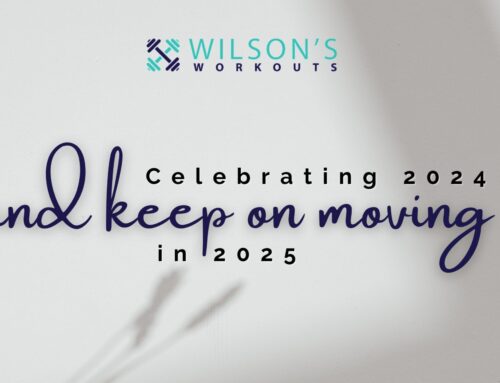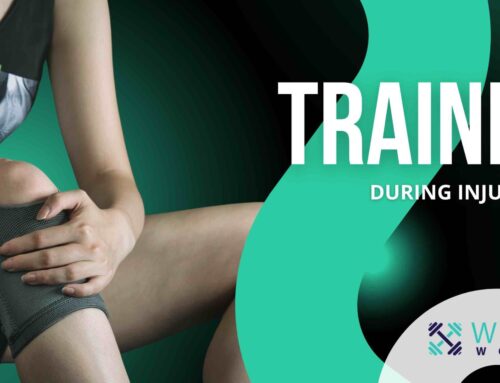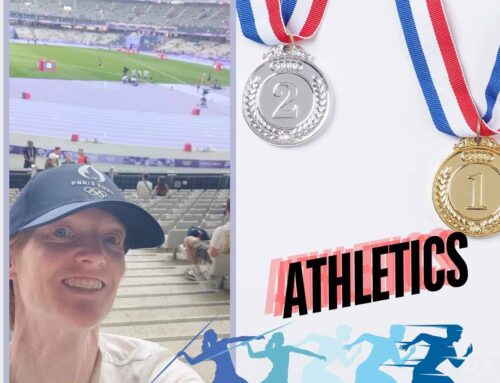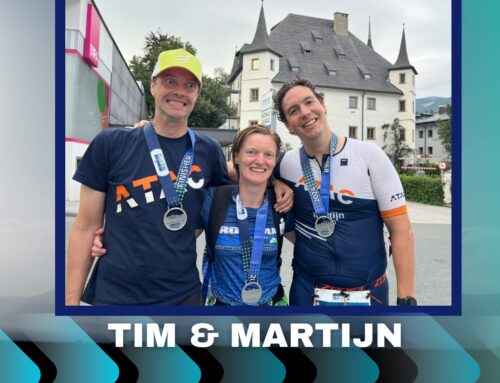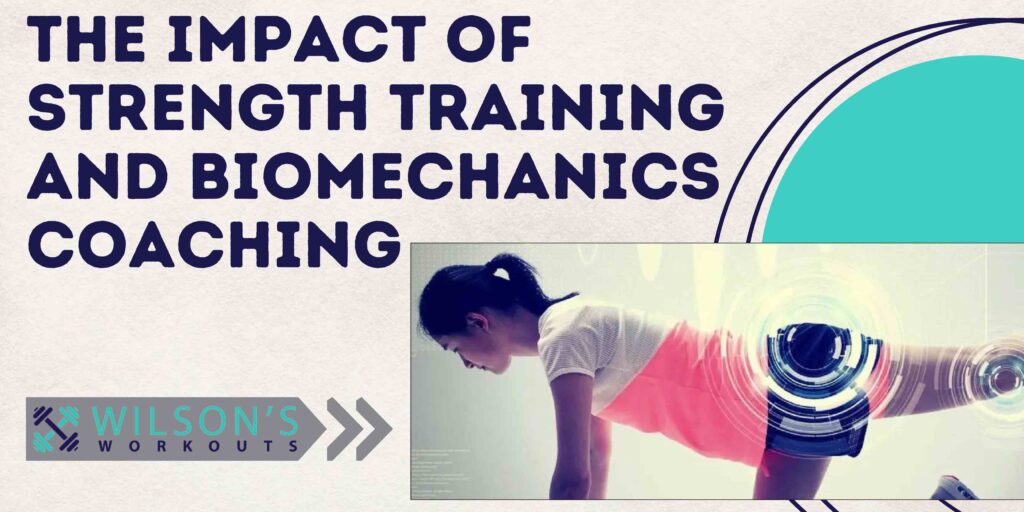
We are not fully into triathlon season yet, however I am already seeing some great feedback from my endurance athletes who come to me to help with how they move and how it is converting to their performances.
Here are some of their stories:
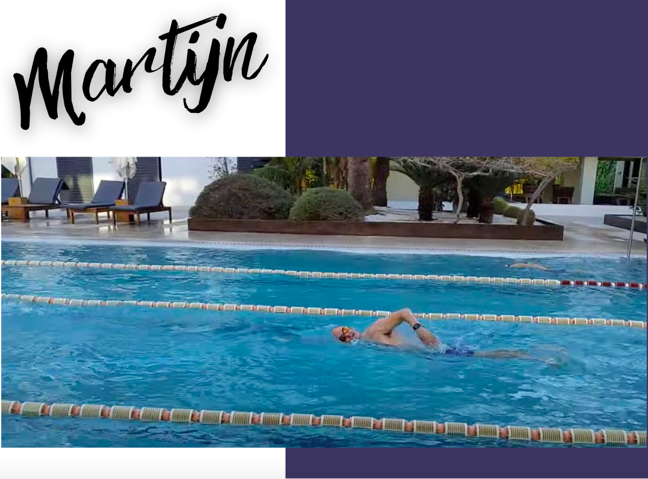
Martijn is a triathlete and rugby player. In the past, he has played field hockey at a high level. He has put his body through a lot of hard work and has a few old injuries that he has overcome. He came to me to focus more on his movement as he recognised that this would improve his training for a half ironman later in the year. We spent the first few weeks of his sessions focusing on screening how he moves, and based on this I gave him some exercises to help his movement, which he diligently completed.
One of the areas where we made the most improvement was his shoulder. For this we combined different techniques. I used some massage in his pecs to create movement, and he followed it up with some exercises which helped the muscles relax further. He did some stretching, and then we strengthened the opposite muscle. After a few weeks he told me that it had been many years since he had been able to lie on his back and lift his arm overhead and get it so close to the ground.
From a performance point of view he is now able to swim with better technique and is seeing some faster pacing when he is in the pool. I was even surprised at what we achieved!
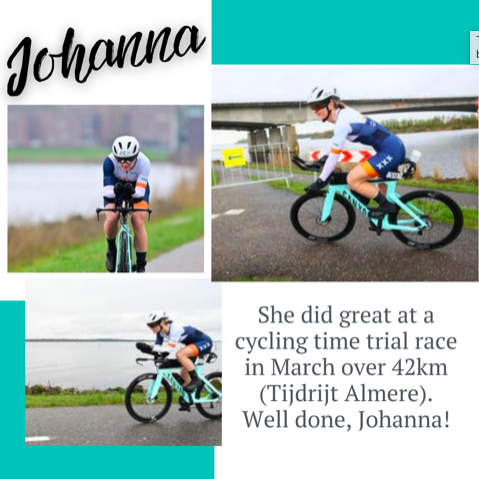
Johanna is also a triathlete. She joined my classes a few years ago and recently was getting a lot of benefits from joining my online strength. She commented that at her last triathlon of the year (Ironman 70.3), she felt strong running in the hilly course despite it being a challenge to train for in a flat in Amsterdam.
In the last few months, she has also come to see me at the gym, and we have taken her strength training to the next level. We have gradually increased how much weight she can lift and introduced her to some new exercises. I want to celebrate how well she did at a cycling time trial race in March over 42 km she took part in (Tijdrijt Almere). During the race she had really good power and having stronger arms meant she felt more comfortable in the TT position.
If you are not familiar with this, it is a race against the clock on the bike where each competitor is set off with a set amount of minutes in between. Johanna reported back that her legs felt really strong during this race and that she was happy with the amount of power she had during the race. Well done, Johanna!
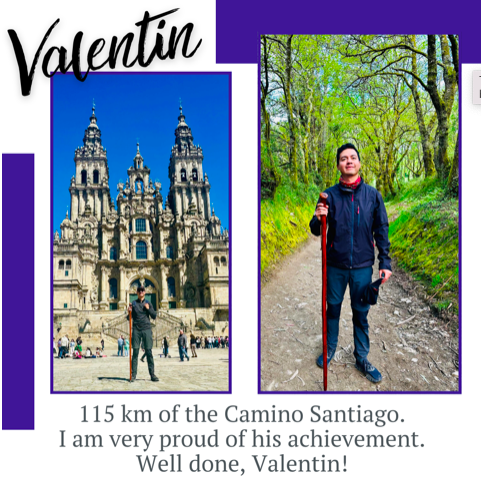
Valentin has been working with me for almost a year. We worked first on biomechanics and strength to help him run a half marathon. More recently, we have been working on strength, and he has been doing a lot of walking.
I therefore want to celebrate that he has walked, together with his mum, dad and brother, 115 km of the Camino Santiago. I am very proud of his achievement. Well done, Valentin!
One of the many challenges of having a Diploma in Biomechanics Coaching is explaining what I do. Not many people know what this entails (at least not yet!), so here is my way of describing it:
Firstly, we need to know that biomechanics is the science of human movement. Its goal is to aid our bodies in moving more efficiently, feeling less stiff, and reducing the chance of injury. Proper motion and biomechanical position of our bones and soft tissues are crucial for proper nervous system function, blood circulation, good posture, and tissue nutrition.
How do biomechanics sessions work?
The first step is to have a screening process to see how the pelvis, lower back, shoulders, knees and feet move. Based on the results of the screening, a biomechanics coach will give their client homework exercises that will help them improve movement. You can see the coach as someone who gives you the tools to work on yourself.
The exercises are both helping you to move, but also to help cement it in place using stabilisation and strengthening work. With improved movement we can help endurance athletes improve their performance and reduce the likelihood of injury.
The beauty of it is that everyone can benefit from meeting with a biomechanics coach, as it enhances performance by utilising mechanical principles to improve a person’s technique and the equipment they use and to modify specific training protocols that the coach implements to help an individual achieve their goals.
In what way does strength training help endurance athletes?
Strength training helps improve your stability and propulsion. By strengthening your muscles, tendons and ligaments it helps your ability to endure repetitive movements. It also helps reduce the chance of injury.
How can biomechanics coaching be used in personal training?
A Personal Trainer is defined as someone whose job is to help you become stronger and healthier by deciding which exercises you should do and showing you how to do them. Based on the biomechanics sessions, a personal trainer can give you a customized training program to ensure that your body becomes more resilient to the demands of training and everyday life.
So, even if your goal isn’t to build a stronger body, as a biomechanics coach, I can help you by adding some biomechanic coaching into the mix so you can build a more supple and resilient body and fully enjoy the feeling of accomplishment and energising nature of sport and exercise more than ever!
I love being able to help clients improve their movement and move towards their own goals.
If you are interested in finding out if having a biomechanics coach would suit you, I invite you for a 30 minutes session to find out more.
Author: Lorna Wilson
Like what you see? Then send me a message or e-mail. We can meet up for a chat and find out how I can help you improve your training and help reduce injury risk.
06 460 377 74 / lorna@wilsonsworkouts.nl

